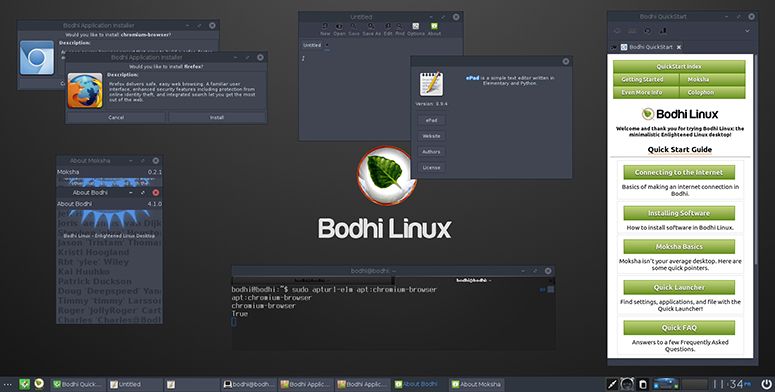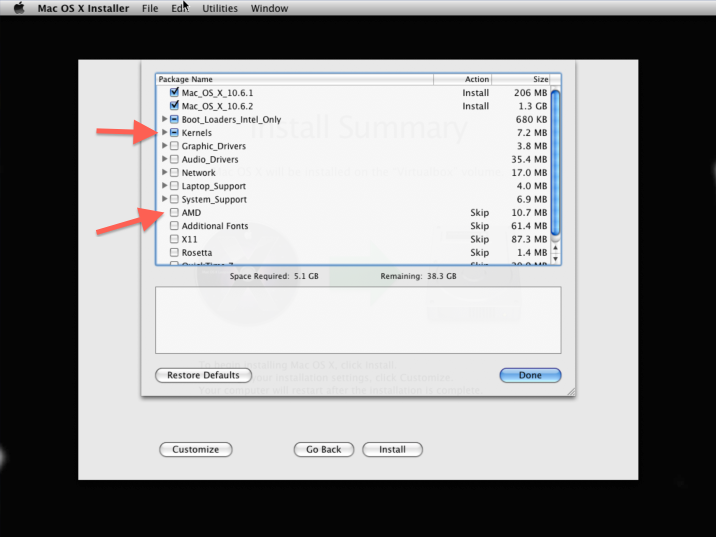

The original Apple TV, released in March 2007, shipped with a customized version of Mac OS X 10.4 Tiger branded "Apple TV OS" that replaced the usual GUI with an updated version of Front Row.

Īpple announced a transition to Intel x86 processors during Mac OS X 10.4 Tiger's lifetime, making it the first Apple operating system to work on Apple–Intel architecture machines. At the WWDC on June 11, 2007, Apple's CEO, Steve Jobs, announced that out of the 22 million Mac OS X users, more than 67% were using Mac OS X 10.4 Tiger. Apple claimed that Mac OS X 10.4 Tiger was the most successful Apple OS release in the company's history. Six weeks after its official release, Apple had delivered 2 million copies of Mac OS X 10.4 Tiger, representing 16% of all Mac OS X users. The server edition, Mac OS X Server 10.4, was also available for some Macintosh product lines. Mac OS X 10.4 Tiger was included with all new Macs, and was also available as an upgrade for existing Mac OS X users, or users of supported pre-Mac OS X systems. Mac OS X 10.4 Tiger offered a number of features, such as fast file searching and improved graphics processing, that Microsoft had spent several years struggling to add to Windows with acceptable performance. Some of the new features included a fast searching system called Spotlight, a new version of the Safari web browser, Dashboard, a new 'Unified' theme, and improved support for 64-bit addressing on Power Mac G5s. Tiger was released to the public on Apfor US$129.95 as the successor to Mac OS X 10.3 Panther. Apple would introduce incremental upgrades breaking the Pre bond.Mac OS X Tiger (version 10.4) is the fifth major release of macOS, Apple's desktop and server operating system for Mac computers. company and Palm, when that company’s Pre (a rival of the iPhone) introduced support for iTunes. This here-today, gone-tomorrow relationship between Apple and Atom recalls that between the Cupertino, Calif. The hack reportedly involves steps in the Terminal, replacing the kernal (the core of Mac OS X) - all available from a Russian-language blog, according to MacWorld.

The hack re-enabling Mac OS X 10.6.2 to run on Atom-based netbooks requires changes described as not for the weak-of-heart. When Apple officially released the update, Atom support was again missing. Days later, another version of 10.6.2 sent to developers reportedly re-enabled Atom support. Earlier this month, blogs reported a build of the update to 10.6 “Snow Leopard” removed support for the Atom processor, suggesting those wanting to build netbook “hackintoshes” would be required to use the older operating system. The move is the latest in a back-and-forth between hackers and the company.


 0 kommentar(er)
0 kommentar(er)
